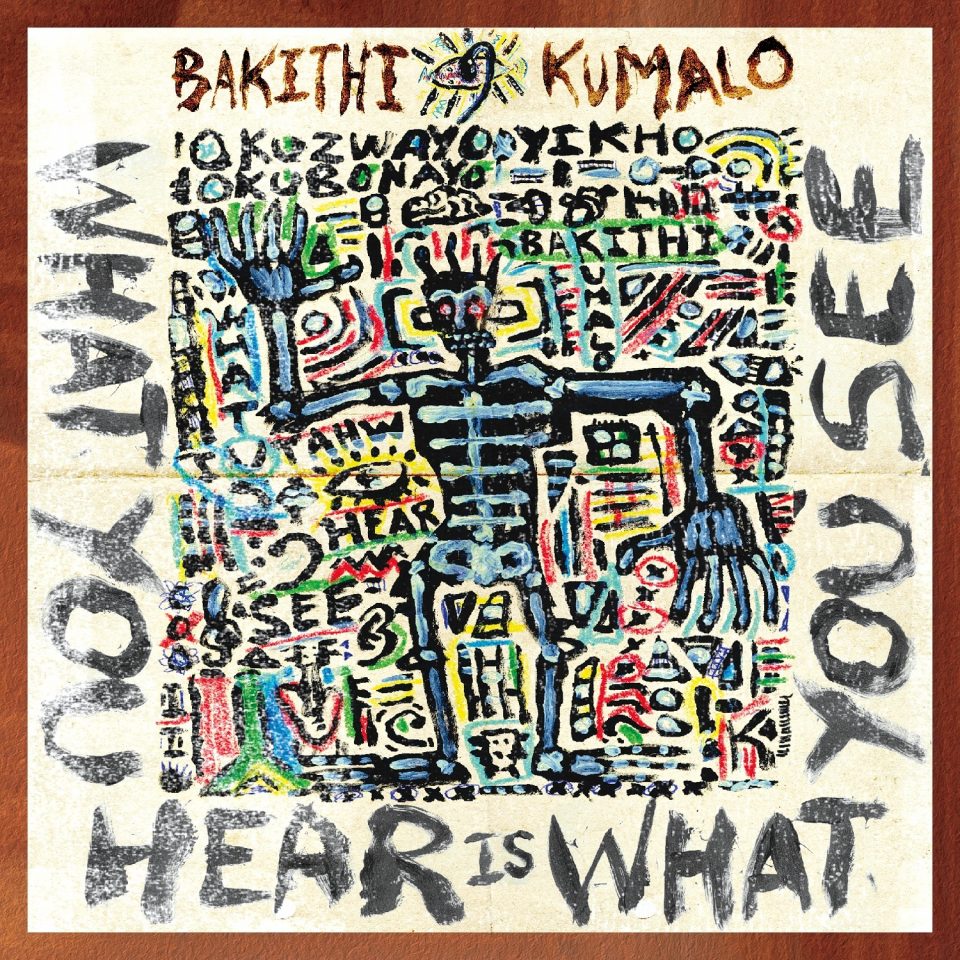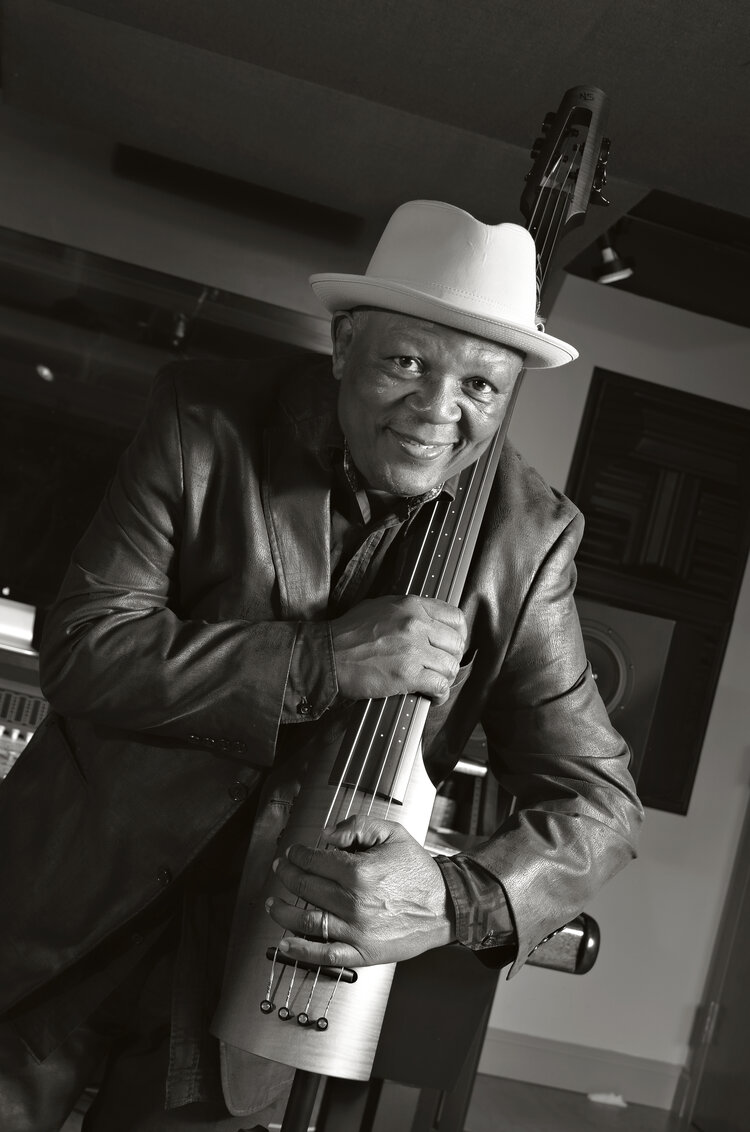Bakithi Kumalo: Africa Calling With a Global Groove
The South African bassist and composer’s new album ‘What You Hear Is What You See’ is global as well as rooted in traditional rhythms, tones and sounds
When someone like Bakithi Kumalo pens down his travel memories – the sights and sounds from his journeys across the world – it has to be an exhilarating experience. Over the decades, Kumalo has become an ambassador of music with a truly global face. The very successful Paul Simon‘s Graceland album, and his intuitive bass line on the track “You Can Call Me Al” is music folklore.
Kumalo has worked with a stellar list of artists; Joan Baez, Cyndi Lauper, Herbie Hancock, Tedeschi Trucks Band, Randy Brecker and the breadth of his experience comes to the fore in his new album What You Hear Is What You See, which besides the overwhelming African influence and sounds, has tracks which lead you down the hip-hop trail and offers serious jazz runs to leave you breathless.
The album begins with the title track, featuring a spoken word poem by Ugandan-born singer-songwriter Tshila, wrapped with sounds of the African savannah. Ace saxophonist and composer Maxfield Gast, who has produced this album along with Kumalo and co-written four of the tracks, announces his presence brilliantly with the alto sax on the opener. “The cry for emancipation holding footsteps of glory walking this land that feeds the scorpion and the elephant alike…” The track wakes you up to Mama Africa and the music thrills you that there is more to come.
On “Zululand Nation,” Kumalo masterfully layers myriad sounds and polyrhythms on an African/Latin groove and the very talented Nonhlanhla Kheswa joins in singing a traditional African melody. Pianist Oscar Williams II gives this track total repeat value.

With “Desert Walk,” Kumalo transports us to some smoky Moroccan kasbah, joined by Steven Kristy on the saxophones, Williams II on the piano, and Jason Kronick on the drums. This track is the story of discovering and learning the Gimbre, a traditional North African bass.
There are elegiacal moods (“Nomvula,” a piccolo bass-aided tribute to Kumalo’s sister who was tragically lost to Covid last year) as well as one of familial ties, as heard on “Let’s Be One.” The latter features Alyson Faith on vocals and draws from his upbringing in the Soweto township of Johannesburg, surrounded by a large family and music. Kumalo brings marimba grooves to “Happy Village,” which is punctuated by traditional vocals and voice samples.
The seventh track “Electric Flow” is a sumptuously rich track because it flows like an edgy hip-hop/jazz composition, featuring Dacia Gypsy on vocals. This track exemplifies well why five-time Grammy Award winner Kumalo is among the top bass players in the world, his distinctive bass style – slapping and sliding gloriously – melding well into a modern sound. The track also features producer Gast on sax and flute, drummer Rodney Harris, Jeremy Grenhart on Fender Rhodes and keys, plus Nigerian guitar ace Biodun Kuti, a member of Paul Simon’s touring band.
Kumalo digs into his jazz-leaning influences on “Nice Day,” a smooth, pacy track which is executed brilliantly by tenor saxophonist Steven Kirsty with guitarist Gregory McMullen, a masterful Jason Kronick on drums and Oscar Williams II returning on piano. Kumalo sounds sharp amidst seemingly understated elements on this track. After hip-hop, there’s more experimentation on “Long Story Short,” featuring Kenyan pianist Aaron Rimbui, and Gast on soprano sax. And then there are the chants, the hadjira drum, and the hand claps to make it a real jam. Kumalo calls in trumpeter Diego Urcola for the closing track “Peaceful Water,” while also leading with an appropriately fluid bass solo.
What You Hear Is What You See is a treat for those who love global music that also keeps its deep roots intact, anchored in traditional rhythms, tones and sounds. Kumalo paints a rich picture of the sounds and voices of the African continent even as he spends the second part of the album showcasing his jazz compositions and his mastery of the bass guitar. He has brought together some very talented people together and weaved their talent with absolute solidity and beauty. Pick up this album and you will see what you hear.
Stream the album below. Buy here.




